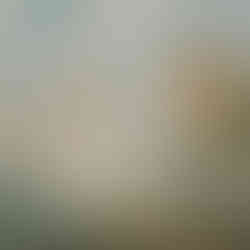Did you know that aquarelle...?

Aquarelle has been considered one of the most attractive techniques for some time, and yet even the most experienced artists approach it with great respect.
Most of us have encountered the creation of ‘transparent ‘paintings since childhood and perhaps this technique has already fascinated you then. However, it was probably not an aquarelle painting, but a picture created with the help of watercolours or brilliant watercolours, which are considered a simpler and cheaper variant of aquarelles.

The name of this technique was based on the composition of the colours. The primary component of the special emulsion is water (aqua), which contains, among other things, high-quality pigment, honey and Gum Arabic. They are available in several forms such as dry or wet paints in sets or individually, semi-liquid paints in tubes or liquid paints in bottles.
Did you know that...
The roots of this technique go back to the time of Palaeolithic Europe, respectively the period of cave paintings.
We also have some information about the use of water-based paints from ancient Egypt, when the Egyptians used these paints to write and paint on papyrus or even to decorate tombs and public spaces.
Also China has a similar aquarelle tradition, where this technique was used for painting on silk.
Albrecht Dürer was the first great well-known artist who used aquarelle technique to create his masterpieces.

Albrecht Dürer
The greatest flourishing of aquarelles occurred in the 18th century, when English landscape painters, such as Joseph Mallord William Turner or Richard Parkes Bonington, promoted it to a full-fledged medium and introduced it to the rest of the world.
Joseph Mallord William Turner

Richard Parkes Bonington
Do you like this kind of medium? In upcoming weeks we are going to share with you the second part of this article to help you with the right choice of aquarelle, papers and brushes, too. We will talk about the color intensity, and other necessary information that should help you in your own artwork.






















